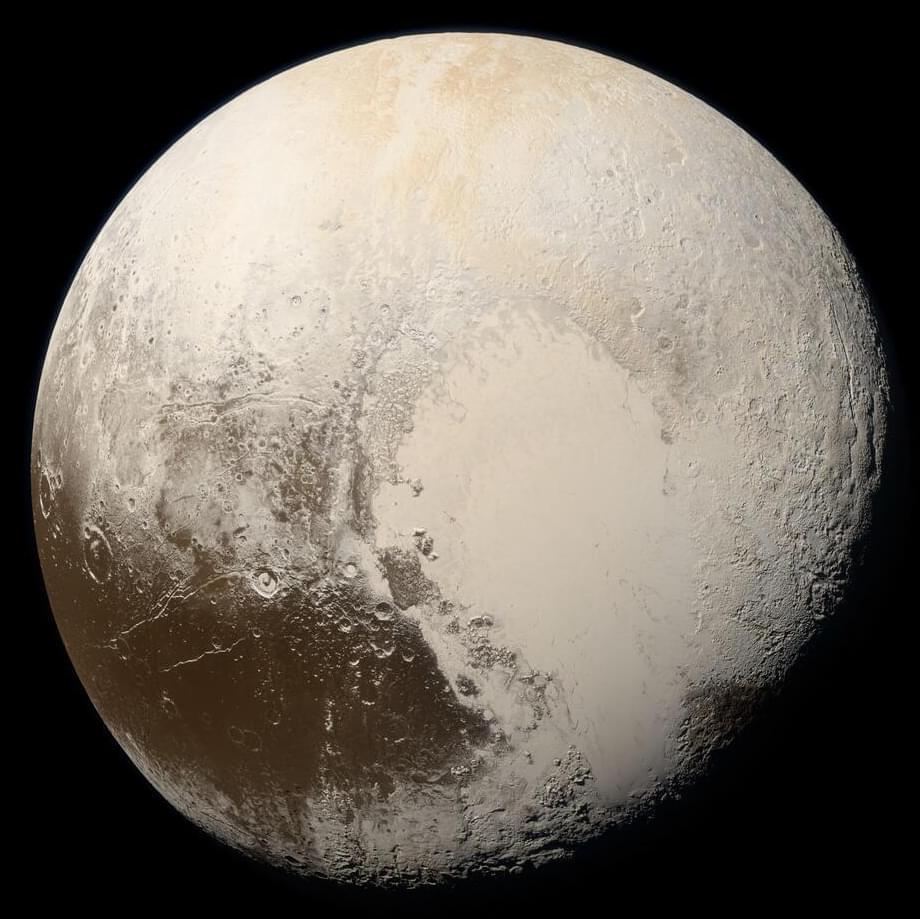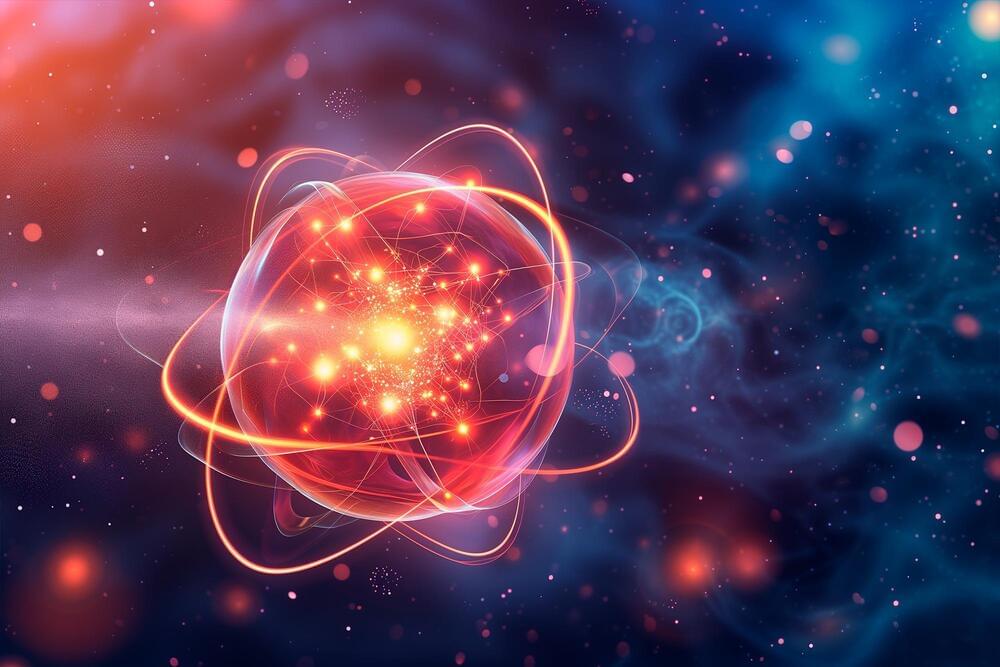
The mystery of how Pluto got a giant heart-shaped feature on its surface has finally been solved by an international team of astrophysicists led by the University of Bern and members of the National Center of Competence in Research (NCCR) PlanetS. The team is the first to successfully reproduce the unusual shape with numerical simulations, attributing it to a giant and slow oblique-angle impact.
Ever since the cameras of NASA’s New Horizons mission discovered a large heart-shaped structure on the surface of the dwarf planet Pluto in 2015, this “heart” has puzzled scientists because of its unique shape, geological composition, and elevation. A team of scientists from the University of Bern, including several members of the NCCR PlanetS, and the University of Arizona in Tucson have used numerical simulations to investigate the origins of Sputnik Planitia, the western teardrop-shaped part of Plutos heart surface feature.
According to their research, Pluto’s early history was marked by a cataclysmic event that formed Sputnik Planitia: a collision with a planetary body about 700 km in diameter, roughly twice the size of Switzerland from east to west. The team’s findings, which were recently published in Nature Astronomy, also suggest that the inner structure of Pluto is different from what was previously assumed, indicating that there is no subsurface ocean.


















